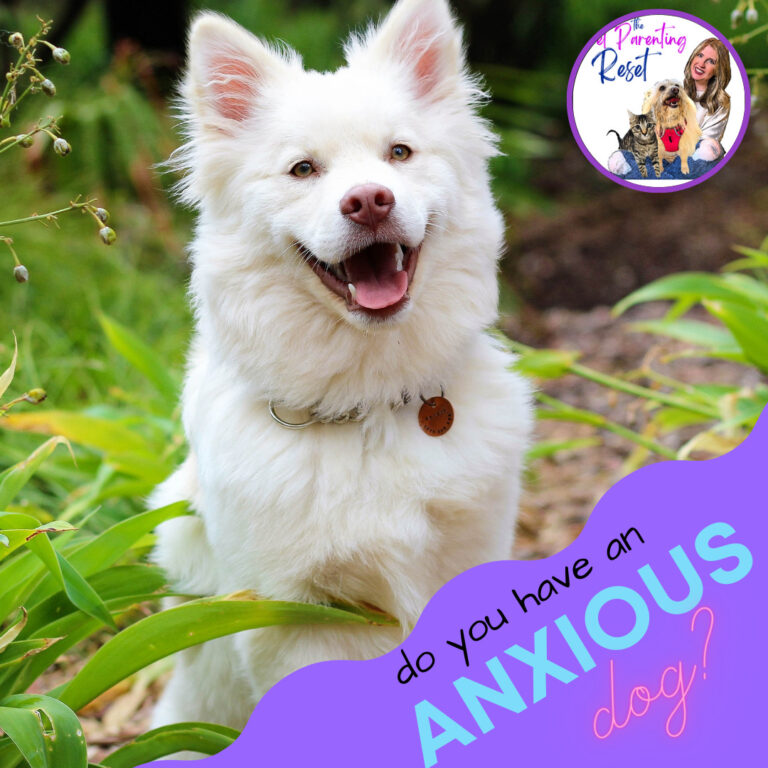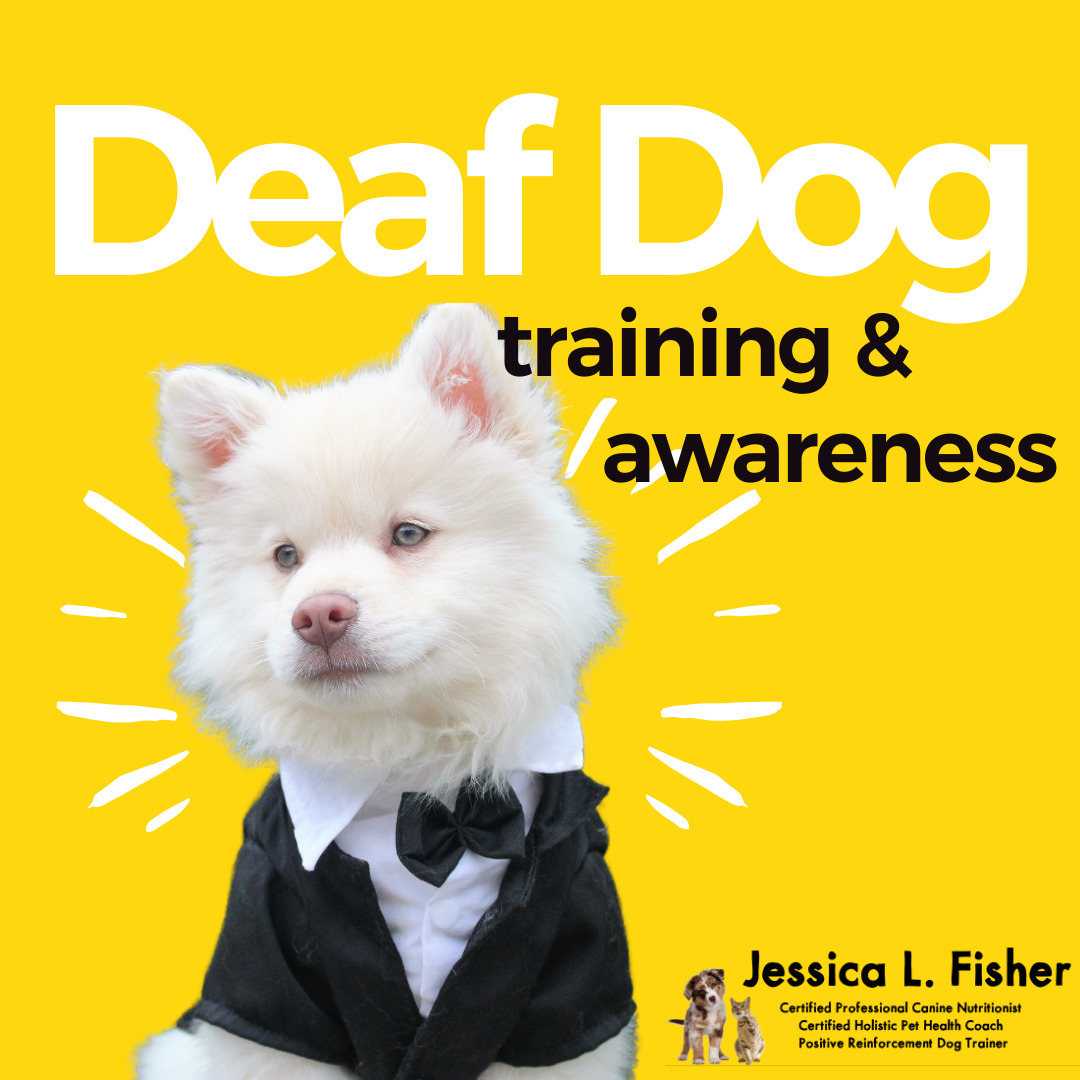Anxiety in dogs can come in many shapes and sizes, and we’ll talk about some of the most common ones here. Regardless, there are some things you can do with every dog to help with their anxiety and see positive changes.
It is important to understand that anxiety is a normal part of life, for people and for pets. That said, increased levels, exaggerated levels, and/or prolonged levels of anxiety can be problematic. Learning how to properly regulate our emotions, for our dogs and for us, is an important part of living a healthy life.
When anxiety goes unchecked in a dog, it can sometimes lead to separation anxiety, noise phobias, reactivity to other dogs or people, other behavioral issues, and even medical issues.
Common Causes of Anxiety in Dogs
While there are many things that can cause anxiety, we can generally categorize them into one of the following.
Age. Sometimes elderly dogs can become anxious and often this can be a symptom of cognitive dysfunction. Dogs with cognitive dysfunction can become confused with time, memory, and more. Understandably, this can lead to anxiety in senior dogs.
Separation. Dogs with separation anxiety are uncomfortable being left alone or even just separated from their family members. The anxiety associated with separation can often lead to unpleasant behavioral issues.
Fear. Fear of loud noises, strangers, new furniture, new environments, new people, and the list goes on. Even if the fear only seems to last for a brief moment, it may take up more mental space for your dog than you realize and can cause anxiety in your dog. Fear and pain-based training also reside in this category.
Not letting your dog be a dog. Yes, let them sniff and bark (some), dig and just be a dog. Trying to force them to behave like anything else can be very disturbing for any dog.
Symptoms of Anxiety
Your dog could display one, some, or all of the symptoms I am about to list, but what is important to understand is that even occasional anxiety can snowball into more serious issues. It is also very important that we check with our veterinarian to rule out any underlying medical issues before treating any behavioral issue.
Symptoms include:
– Aggression
– Inappropriate elimination
– Pacing/restlessness
– Depression
– Destructive behaviors
– Drooling
– Panting
– Excessive barking
– Repetitive/compulsive behaviors
There certainly is a range here, and hopefully, we never see aggression, but it is a very natural pathway for a dog to take.
Signals of fear include:
– Tail tucking
– Lip licking
– Ears pulled back
– Shaking
– Cowering
– Incontinence
– Diarrhea
– Whale eyes (seeing the whites of their eyes)
– Destructive behaviors
So, what can we do?
– Work with a force-free behaviorist to help you identify signals and triggers.
– Use positive reinforcement training to help build a bond with your dog and teach them confidence
– Give her a safe space in the home where she can decompress and not be forced into situations that may make her uncomfortable
– Use natural calming aids, including animalEO essential oils, CBD from CBD Dog Health, flower essences from Bach, and the Thunder Shirt.
– Use music and relaxing sounds to help calm your dog. These can be found for free on YouTube, or you can invest in a speaker such as the Relax-O-Pet.
– Provide your pet with a species-appropriate diet and consider adding in a probiotic supplement (I really love raw goat’s milk from Primal, Bones & Co, and Green JuJu).
– Make sure to give your dog plenty of playtimes, walks, mental stimulation, affection, and plenty of exercise!
For more detail specifically on Separation Anxiety, see my full post here:
While stress is a part of life, and some stress is necessary, we can take steps to prevent our dogs from becoming overly stressed and anxious.




